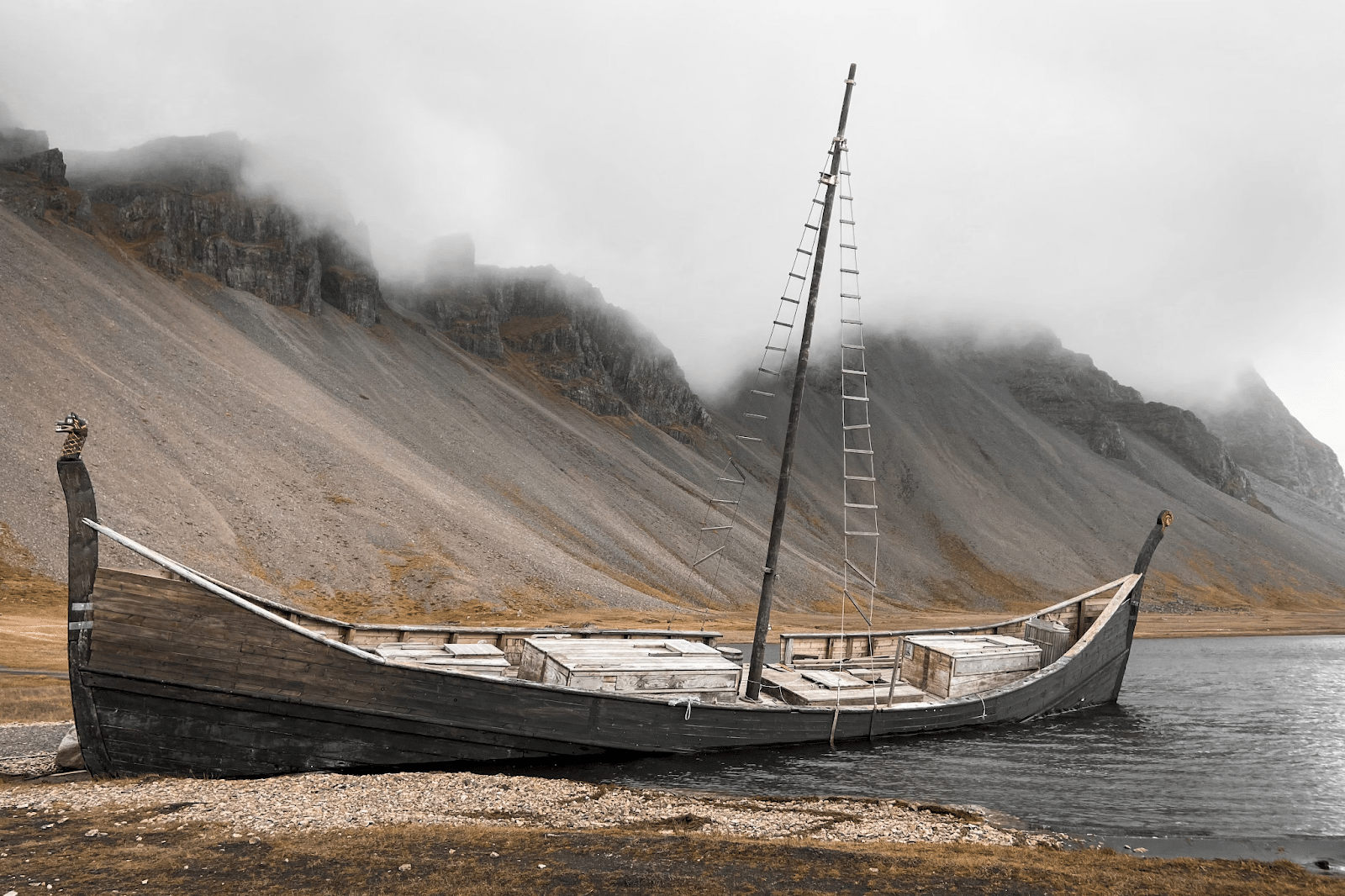The Viking Age (c. 793–1066 CE) stands out as a period of daring sea voyages, dynamic trade networks, and a rich tapestry of Norse beliefs. Far from the one-dimensional image of raiders storming shores, Vikings balanced their reputation for ferocity with skilled shipbuilding, long-distance commerce, and complex spiritual practices. Understanding these interwoven facets of Viking life reveals a society defined by exploration, exchange, and devotion to a pantheon of powerful gods.
A voyage meant more than a simple journey. It represented opportunity for wealth, prestige, and connection with distant lands. Longships – sleek, shallow-draft vessels propelled by sail or oars – carried merchants, farmers, and warriors alike across the North Sea, Baltic Sea, and even the Mediterranean.
Many modern scholars and students exploring the Viking Age turn to academic resources and writing assistance. Services like EssayPro provide research support and custom essays on many related topics. By combining expert guidance with personal study, learners can navigate primary sources and archaeological findings more effectively.

Image courtesy of Unsplash
Shipcraft and Seafaring Excellence
The hallmark of Viking mobility lay in their longships. These vessels featured clinker-built hulls – overlapping wooden planks – secured with iron rivets, creating a balance of flexibility and strength.
Shallow drafts allowed navigation in coastal waters, rivers, and fjords. Longships reached impressive speeds of up to 10 knots under favorable winds, while oar banks provided reliable propulsion during calm weather.
Voyages required careful planning. Captains charted routes by landmarks, sun compasses, and knowledge of currents. Seasonal timing proved critical: late spring departures ensured ice-free seas and abundant provisions.
Crews stocked salted meat, dried fish, and stored water in goatskin bladders. Livestock, such as sheep or pigs, sometimes sailed aboard to supply fresh food upon arrival. These logistical decisions determined whether a journey ended in profit or peril.
Trade Networks and Economic Exchange
Viking trade extended far beyond raiding. Markets in Birka, Hedeby, Kaupang (Norway), and Dublin attracted merchants from the Islamic Caliphates, Frankish kingdoms, and Slavic territories. Key exports included:
- Furs and hides: Beaver, fox, and ermine pelts fetched high prices in southern Europe.
- Walrus ivory: Prized for carving religious artifacts and combs.
- Iron and tools: Local forges produced robust axes, knives, and nails.
- Amber: Baltic amber shaped into beads and amulets graced Mediterranean markets.
Imports enriched Scandinavian life with coins, glassware, silks, spices, and fine pottery. Silver dirhams from Islamic mints circulated widely, leading to a silver-based economy where hacksilver – cut pieces of ingots – served as currency. Weighing scales and marked coins became common finds in hoards, testifying to the Vikings’ role in connecting disparate economies.
The Rituals of Norse Faith
Faith in the Viking Age centered on reciprocity between humans and gods. Petitions for divine favor took many forms:
- Blóts (sacrificial feasts): Communities offered livestock or game, then shared the meat in communal feasts to honor deities.
- Votive offerings: Weapons, jewelry, or carved images of gods were placed in bogs, rivers, or graves as gifts.
- Seiðr (magic and prophecy): Practiced by seeresses (völvas) and some men, these rituals involved trance states to foresee events or influence outcomes.
Myths recounted in the Poetic Edda and Prose Edda describe the world’s creation from Ymir’s body, the forging of Mjölnir, and Ragnarök – the prophesied cataclysm. Such stories blended entertainment with moral lessons about courage, loyalty, and humility before fate (wyrd).
From Raiders to Settlers: Journeys of Migration
Raiding expeditions often led to permanent settlements. Early strikes on Lindisfarne (793 CE) and Iona shocked Christian monasteries, but subsequent generations planted roots in England, Ireland, Iceland, and Normandy.
In these new lands, Vikings established farms, minted coins, and negotiated with local rulers. The Danelaw in eastern England became an area under Norse law, where place-names like York (Jórvík) reflect that heritage.
Iceland saw a unique migration beginning around 874 CE, when settlers – led by chieftains such as Ingólfur Arnarson – claimed uninhabited land.
There, Vikings and their families formed the Althing (a national assembly) in 930 CE, one of the world’s earliest parliamentary institutions. This blend of own-rooted governance and Norse cultural practices illustrates how voyages transformed into thriving societies.
One Bullet List: Key Aspects of Viking Spiritual Practice
- Household Shrines: Daily offerings to household deities like the völva or land spirits.
- Temple Sites: Large wooden structures, such as the temple at Uppsala, used for major community rituals.
- Funerary Rites: Ship burials or cremation ceremonies equipped the dead for their journey to Valhalla or Hel.
- Rune Magic: Inscribing runes on amulets or weapons for protection and divine invocation.
- Seasonal Festivals: Celebrations at Yule (midwinter), Midsummer, and harvest time marked the agricultural and solar cycles.
The Legacy of Norse Beliefs
The Viking Age’s rich spiritual tapestry vanished with Christianization between the 10th and 12th centuries. Yet traces endured. Place-name elements like “-thorpe” (village) and “-by” (settlement) echo Old Norse origins. Christian churches often replaced pagan temples, sometimes built upon the same sacred grounds. Oral traditions survived in sagas and folklore, later recorded by medieval Icelanders, preserving genealogies of Viking families and tales of Norwegian kings.
Modern Scholarship and Student Research
Today’s scholars piece together Viking life from sagas, runestones, archaeological digs, and foreign chronicles like the Annals of St. Bertin. For students tackling research papers on Viking voyages or Norse religion, expert assistance can streamline the process.
Wrapping Up
Life in the Viking Age fused seafaring adventure, commercial exchange, and deep-rooted spirituality. Longships charted new trade routes while silver and hacksilver punctuated a vibrant economy.
Raiding expeditions evolved into migrations that reshaped European demographics. Throughout, worship of Odin, Thor, Freyja, and other gods imbued daily routines and grand communal festivals with sacred purpose.
By studying these facets – through hands-on archaeology, literary analysis, or guided research services – modern learners gain insight into a civilization defined by curiosity, courage, and faith in a complex cosmos.
Featured image by Carla Santiago on Unsplash
